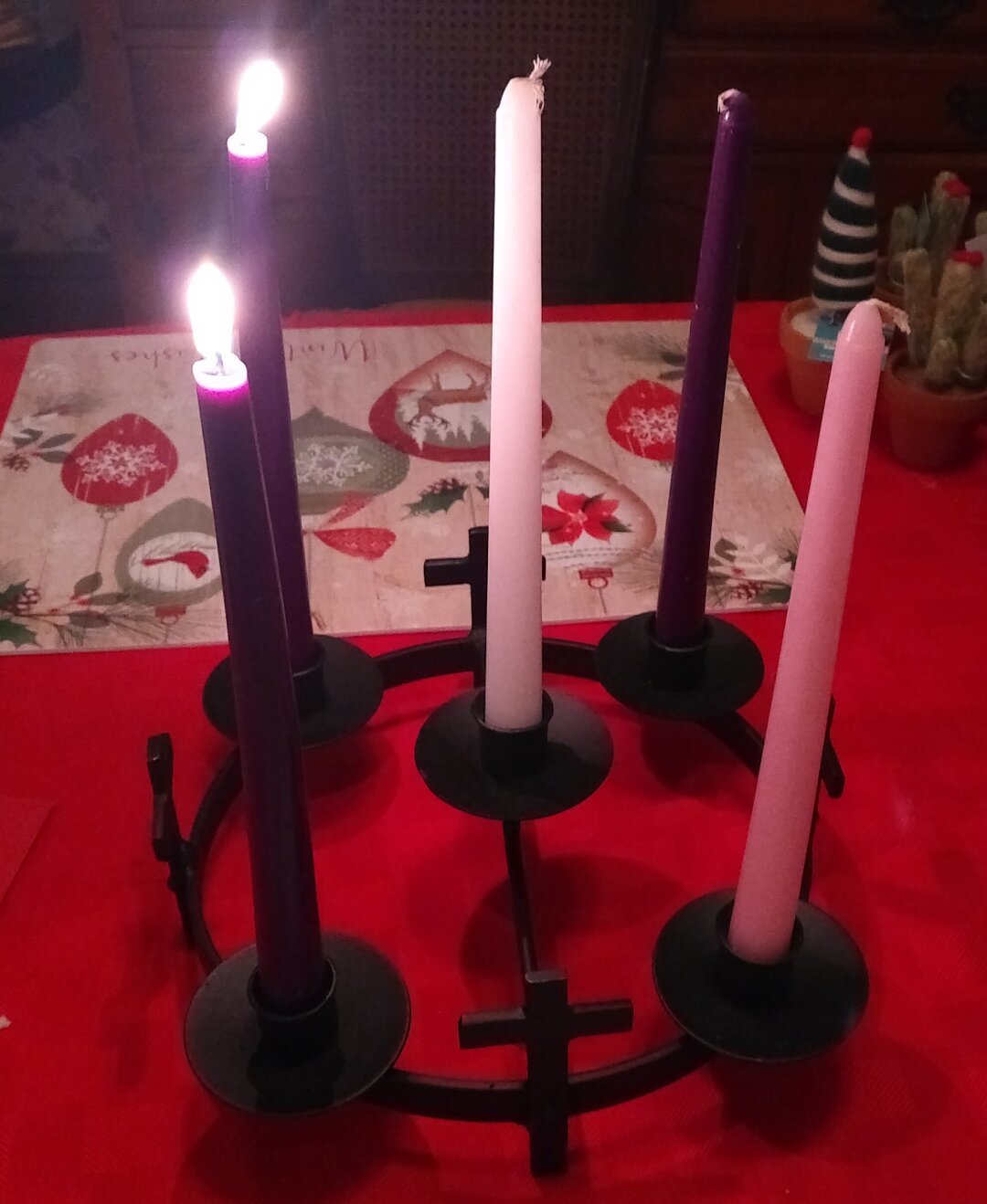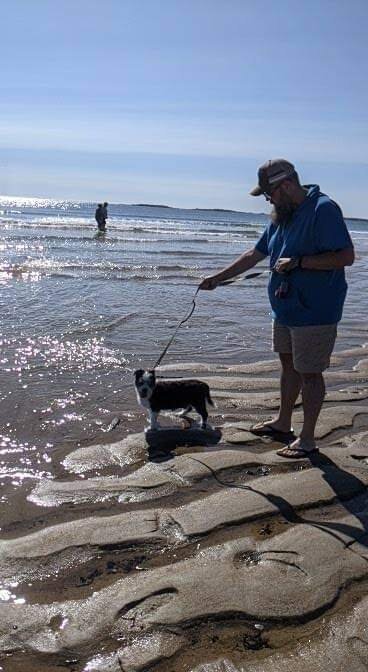Waiting as a Practice
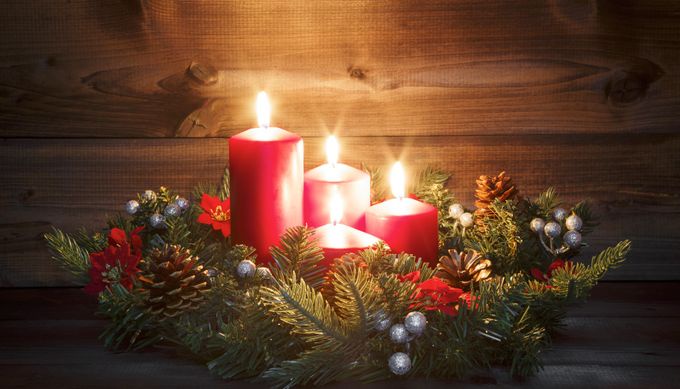 The Christian liturgical season of Advent might be my favorite period of practice in the year. Anticipatory awe side-by-side with anticipatory joy, all bundled in the profound awareness of how much of the world is desperately awaiting relief of one sort or another. The need for food, shelter, companionship, and all kinds of safety are highlighted by the conspicuous consumption, overindulgence, illusions of peace, and chasing of happiness that seem to mark the end of the year in our broader culture. So many people are waiting on a hope that often feels like it may never come.
The Christian liturgical season of Advent might be my favorite period of practice in the year. Anticipatory awe side-by-side with anticipatory joy, all bundled in the profound awareness of how much of the world is desperately awaiting relief of one sort or another. The need for food, shelter, companionship, and all kinds of safety are highlighted by the conspicuous consumption, overindulgence, illusions of peace, and chasing of happiness that seem to mark the end of the year in our broader culture. So many people are waiting on a hope that often feels like it may never come.
Adopting a posture of humility, patience, and wonder in response to the deeply worn ruts of our conditioned thinking and old habits, is a radical departure from the going along to get along that seems to be the prescription for these weeks. Waiting in hope might be the very medicine that striving in anxiety calls for.
There are plenty of reasons why anxiety can spike this time of the year. From the pressure to avoid conflict as family and friends engage in rhythms of gathering and celebrating, to the retailers praying to end the year in positive financial territory, to fundraisers hoping to remind all of us that giving generously will lift our spirits and provide a huge portion of their operating expenses in the year ahead. Whether December 31st marks the end, the end of the beginning, or the beginning of the end, so many of us are tracking goals and objectives.
Even neighbors in deep need are paying close attention to how much medical spending they can do with their remaining benefits (perhaps as an uninsured year ahead looms large), and households who rely on cold weather rules are hoping for a chance at survival by securing one of the limited number of emergency rooms for the winter. If anything, it seems like hesitating could cost some of us everything.
Contemplation that loses the capacity to be moved into loving action, especially life saving loving action, ceases to be of much value. It follows that the essential things ought to be done, even when the invitation to a posture of waiting is so strong. Discernment between what is necessary and sufficient, and what is wanted and superfluous will be of great significance here.
With that said, I invite you into the season of waiting, and the opportunity to set things down in order that you might experience the fruits of this practice more fully.
Practices:
- An Advent Wreath- putting up a wreath with four candles creates an opportunity to count down slowly, especially if you linger on each candle for every day of that week, rather than just making note of the passing time on Sundays. The nightly lighting can make room for a period of prayer and reflection, and is a perfect time to examine our consciousness for the ways we engaged the season that day.
- Centering Prayer- abiding with God in the silence is always a beautiful idea, and in this time of waiting we can experience the tender pull between the Holy One who is already deeply present, and the further expression of that presence that we long for.
- Devotions- the daily office is full of seasonal content that will enrich this time, but if that’s not one of your practices, these four weeks can be a time to engage in reading brief devotions. See an example here.
- Embrace the Earth- is the Summer Solstice drawing near as spring lengthens into the heart of growing season? Perhaps you’re contending with snow, ice, and long hours of darkness. Whatever is happening, take time to simply observe, and be present to those changes. Let your heart take inspiration from the simultaneous holiness of darkness and light, warmth and cold, rest and revival.
- A Nativity Set- this tangible reminder of the miraculous littleness and humility of it all can be a powerful experience. Consider building it piece by piece as the days go by.
- Meditate on Incarnation- the central miracle of the coming Christmas season, Emmanuel (God-With-Us) invites all sorts of creative pondering. I like to wonder which of the water bottle in the kitchen or in the aisle in the store secretly has the ocean hidden inside it. Whether it’s cherishing something in your heart, exploring it on journal pages, or making art that expresses the beautiful impossibility of it all, this theme holds infinite possibility.
I hope these ideas are a good starting point for you, as you tackle what must be done, and make space for what can be surrendered to the practice of holy waiting.
Be gentle with yourself, you are worth it.
Peace and Everything Good,
The Rev. JM Longworth, OEF Spiritual Direction and Trauma Care
https://www.sdicompanions.org/sdi-profile/GreenMtFriarOEF/ To book an appointment: https://calendly.com/greenmtfriaroef
 Sometimes we seek comfort from our religious and spiritual practices. Whether we call it calm, equanimity, repose, inner peace, consolation, radical acceptance, or any other title, a sense of feeling safe, connected, seen and held can be a beautiful gift that enlivens us. It’s important to note, that if this is the only spiritual state that we seek out regularly, we may be missing an important opportunity to explore the rich invitations that are present in other states of being. Our spiritual lives are a container for the confluence of human experience and expression, not just for warm fuzzies (some mystics call this spiritual sweetness) or for deep peace no matter what comes.
Sometimes we seek comfort from our religious and spiritual practices. Whether we call it calm, equanimity, repose, inner peace, consolation, radical acceptance, or any other title, a sense of feeling safe, connected, seen and held can be a beautiful gift that enlivens us. It’s important to note, that if this is the only spiritual state that we seek out regularly, we may be missing an important opportunity to explore the rich invitations that are present in other states of being. Our spiritual lives are a container for the confluence of human experience and expression, not just for warm fuzzies (some mystics call this spiritual sweetness) or for deep peace no matter what comes.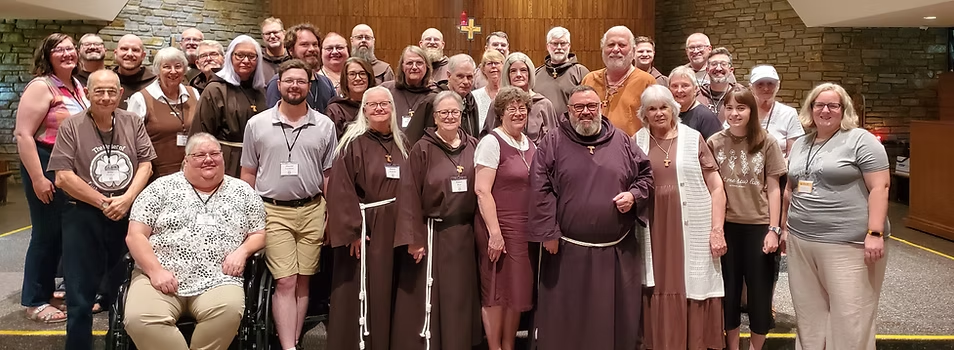




 Whether they are thoughts, memories, and sensations from things that happened in our past, or the spontaneous reactions that our minds and bodies are having to what we’re witnessing in the present moment, there are times when cultivating a contemplative consciousness feels like being sucked into a giant game of wack-a-mole.
Whether they are thoughts, memories, and sensations from things that happened in our past, or the spontaneous reactions that our minds and bodies are having to what we’re witnessing in the present moment, there are times when cultivating a contemplative consciousness feels like being sucked into a giant game of wack-a-mole.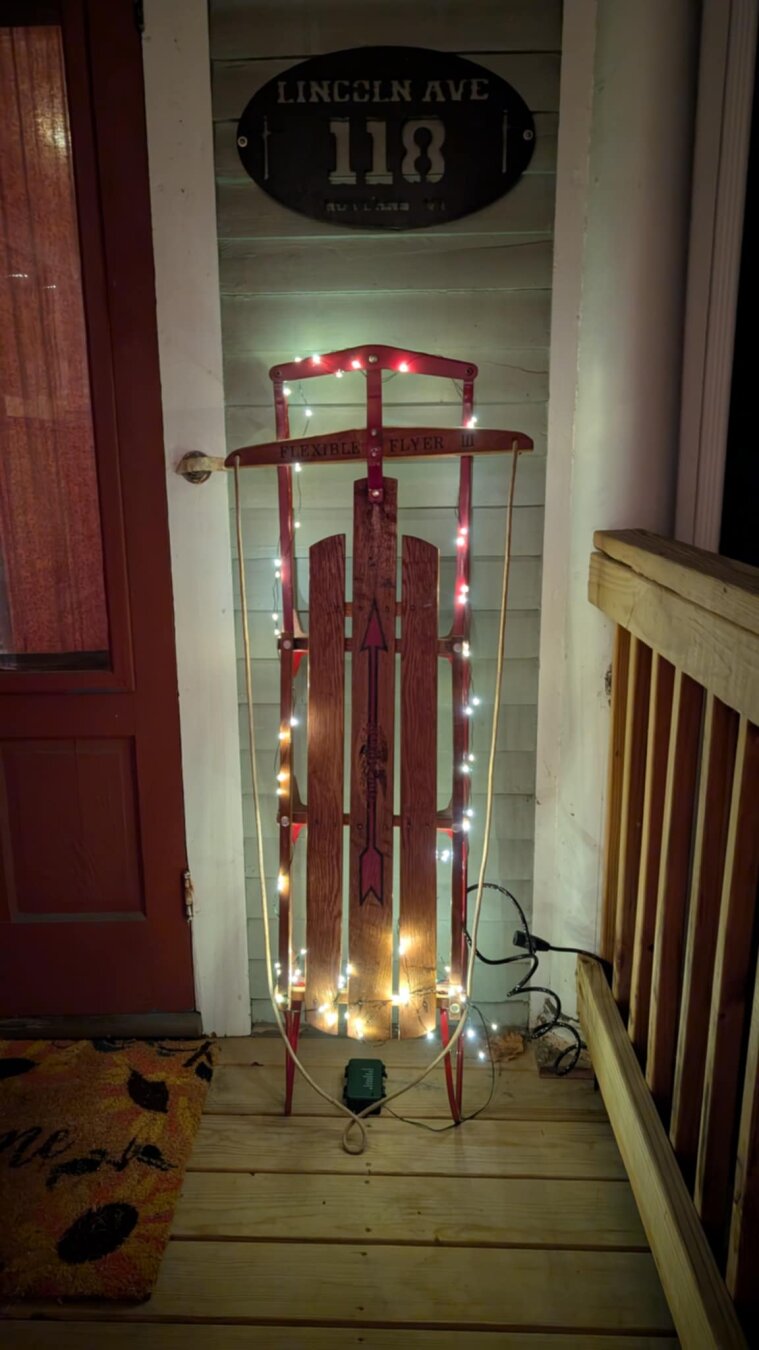 The 1976 Flexible Flyer used to help my partner race downhill with siblings and enjoy all of the magic that a New England winter had to offer to children playing in the snow. Everything about this piece of living nostalgia speaks to the adventure and even the riskiness of growing up with all of its bumps, bruises, and tumbles.
The 1976 Flexible Flyer used to help my partner race downhill with siblings and enjoy all of the magic that a New England winter had to offer to children playing in the snow. Everything about this piece of living nostalgia speaks to the adventure and even the riskiness of growing up with all of its bumps, bruises, and tumbles.